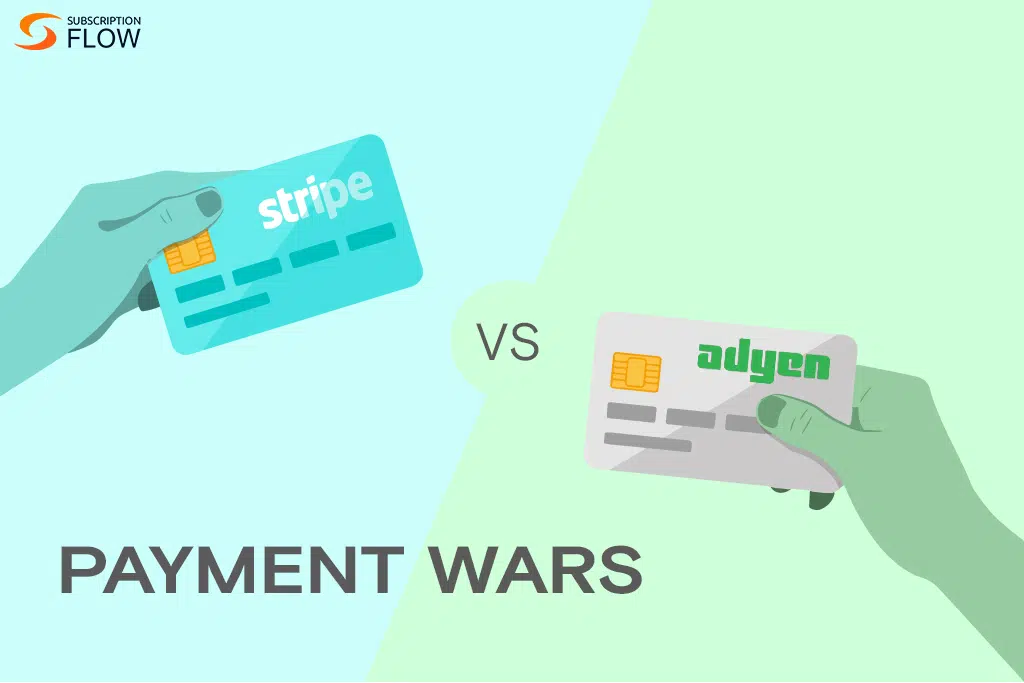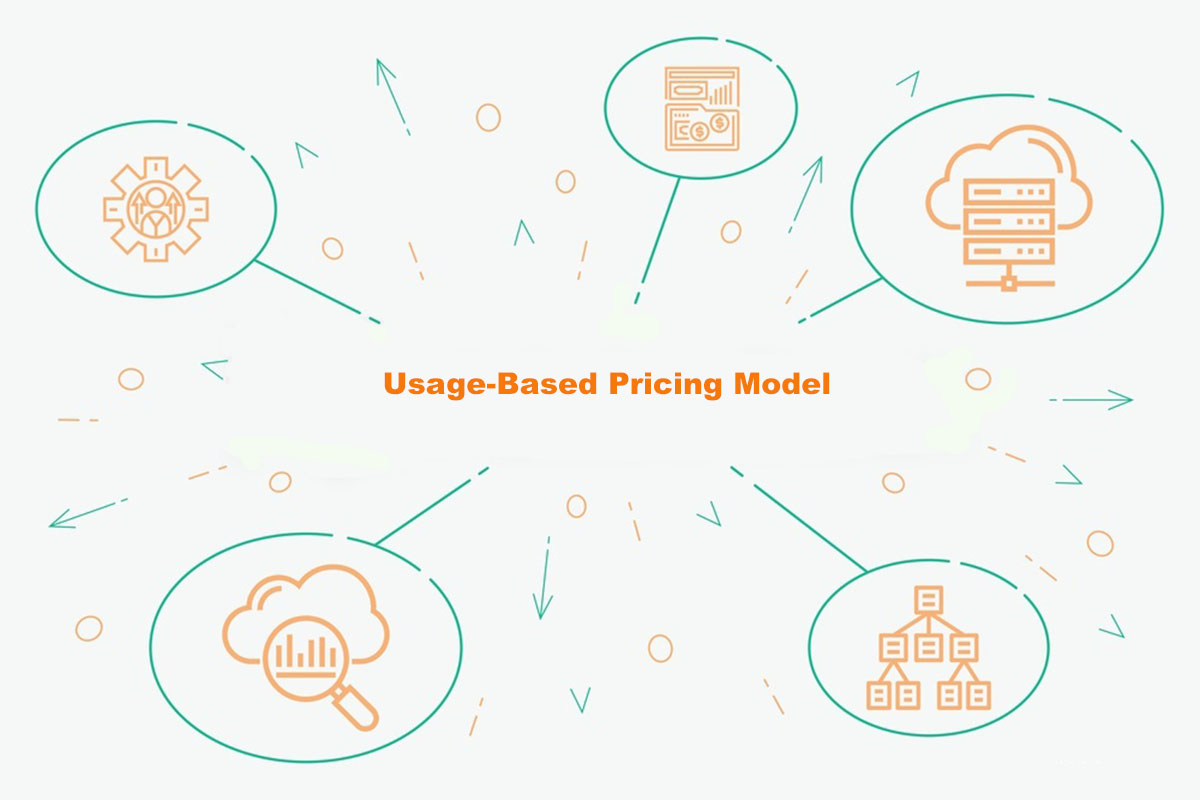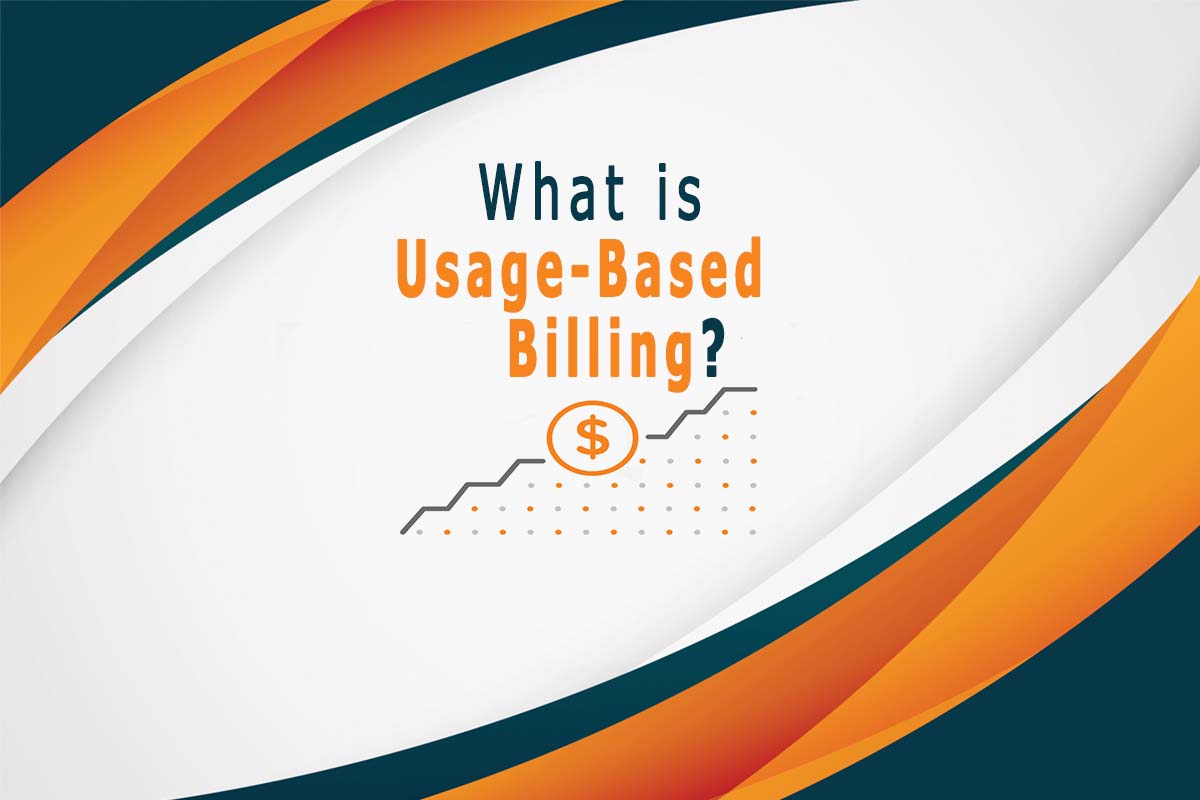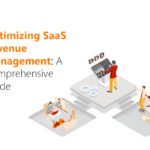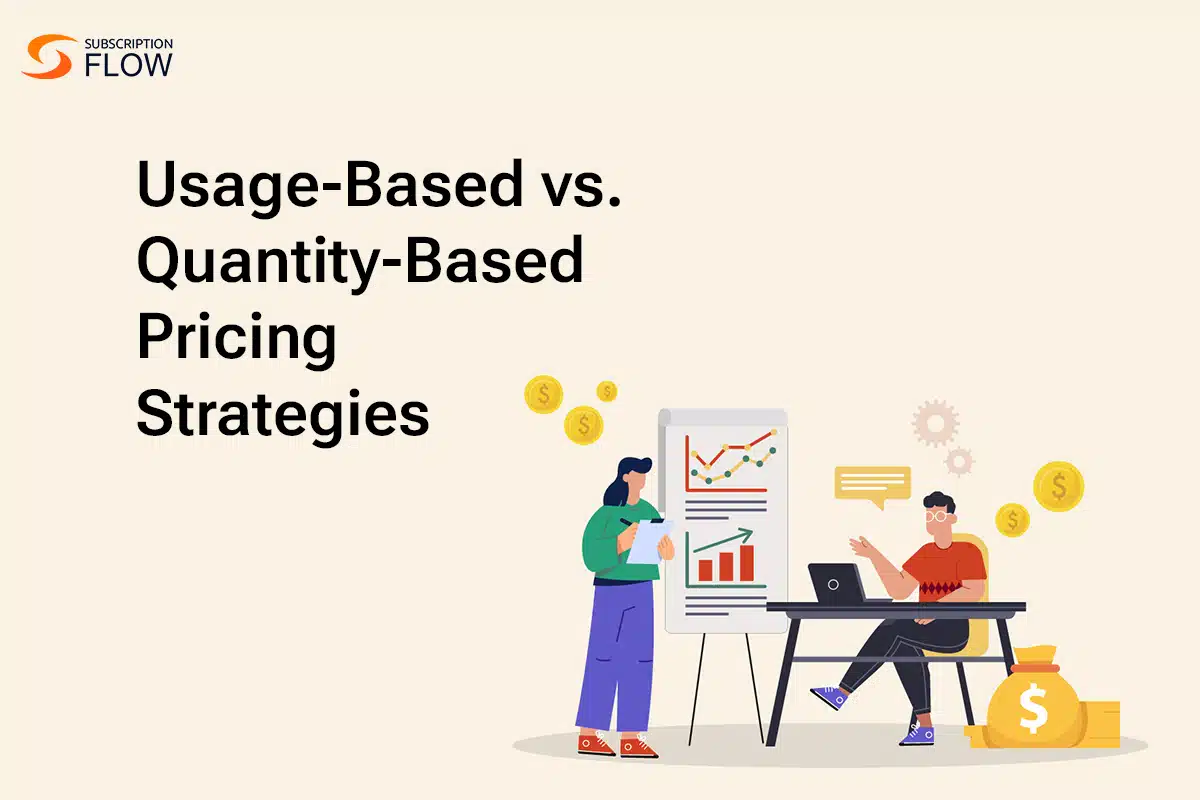
Finding the Differences Between Usage-Based and Quantity-Based Strategies for Optimal Business Value
In the complex world of business, a company’s performance can be greatly impacted by the price approach it chooses. In this complicated terrain, two well-known strategies—Quantity-Based and Usage-Based Pricing—stand out as separate routes of navigation. Although maximising corporate value is the goal of both strategies, their underlying ideas are different. Come along on an exploration of the distinctions between Quantity-Based Pricing and Usage-Based Pricing, as well as the special benefits and difficulties that each model offers. Knowing these tactics is not just a theoretical exercise; it is a useful manual that equips companies with the information they need to strategically choose prices that meet their objectives and appeal to their target market.
What Is the Usage-Based Pricing Model?
There are many businesses that cannot operate and think of earning revenue with one-time sales and purchases. So, they look for other options. One of these options is the usage-based pricing. Here, the customer’s usage is monitored and tracked. Based on this usage, the customer is charged. For instance, internet service providers cannot think of their businesses on one-time sales and purchases. They charge customers based on their usage. Likewise, mobile services companies charge their postpaid customers based on their usage. There are many other examples where businesses charge their customers based on their usage of services or products. Also, it is predicted that the world belongs to the usage-based business model because customers are adapting for usership rather than ownership of commodities.
Also Read: SaaS Usage-Based Pricing Model – All You Need to Know
What is the Quantity-Based Pricing Model?
The amount-Based Pricing Model is a strategic pricing approach in which the amount purchased determines how much a good or service costs. Essentially, the cost of a single unit decreases with the quantity of units purchased by a client. With a concrete reward for making larger purchases, this model aims to encourage larger purchases. A prevalent practice in many industries, including manufacturing, retail, services, and software licencing, is quantity-based pricing. It is a useful tool for increasing income and building enduring client relationships since it gives organisations flexibility and the capacity to meet a variety of consumer needs while promoting bigger volume sales.
Differences between the Two Pricing Models
Coming towards the differences between these two pricing models and their impacts on businesses.
1. Customer Interaction
Pricing is based on quantity and usage differs in the sense when an interaction or contact is made with the customer. In usage-based pricing, the customer’s pricing or charges directly relate to the usage. Customer needs can fluctuate with time. So, customers are charged as per their usage which changes over a period of time. However, this model is best suited for businesses where the customer wants to be charged for only what they use. While, when it comes to quantity-based pricing, the customers are charged to encourage them to purchase large volumes. Also, customer loyalty and referrals are rewarded with discounts and price cuts.
2. Applicability across Industries
Usage-based pricing is mostly opted for in industries where customer usage varies from time to time e.g. utilities, cloud services, and telecommunication. On the flip side, quantity-based pricing is preferred by manufacturing, retail and wholesale businesses.
3. Consumer Behaviour Impact
Regarding the influence on consumer behaviour, usage-based pricing encourages users to carefully control their consumption, fostering a cost-conscious attitude that especially appeals to people with fluctuating and unpredictable requirements. However, quantity-based pricing deliberately promotes buying in bulk, which appeals to clients looking to save money on bigger purchases. This strategy encourages consumers to make predictable purchases, which is in line with the values of stability and economies of scale held by both companies and clients.
Also Read: Navigating Subscription vs. Usage-Based Models: Which Fits Your Business Best?
Choosing the Right Business Model for Your Business
Businesses must carefully evaluate various elements when selecting a pricing model, including the nature of the product or service, the target client base, and industry dynamics. Businesses whose offerings are defined by fluctuating consumer demands and usage patterns might benefit from usage-based pricing’s adaptability. In contrast, Quantity-Based Pricing, which offers the advantages of bulk purchasing incentives and predictable consumer behaviour, may prove to be a dependable method for businesses dealing with more solid and continuous demand. In the end, the choice depends on a sophisticated comprehension of the market environment, customer preferences, and the business context. This understanding directs businesses towards a pricing strategy that optimises value and harmonises well with their overarching strategic objectives.
Conclusion
The choice of the pricing strategy for your business is a crucial decision because on this depends the complete cycle of your revenue management. However, hopefully, this article would have enlightened you about various aspects of quantity based pricing and usage-based pricing.
SubscriptionFlow offers you its subscription management system. If you opt for a usage-based pricing model in any form, contact SubscriptionFlow experts. Here, you will be able to implement any pricing plan for your subscription business. Even, you can mix and match different pricing models and come up with the best for your business. So, contact us now and implement your pricing model to streamline the flow of revenue.



